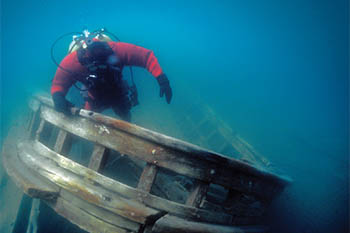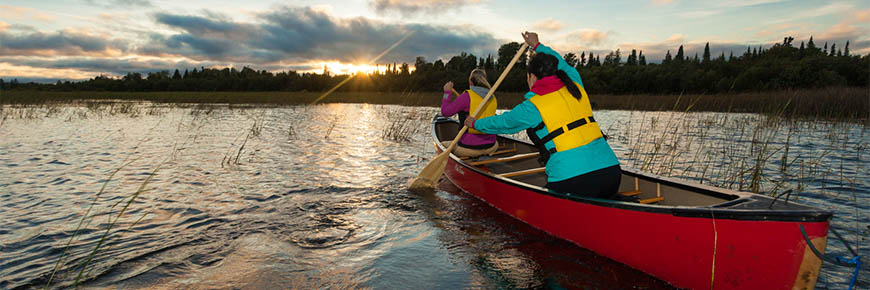National Marine Conservation Areas (NMCA) are created and managed to protect and conserve representative marine areas for the benefit, education, and enjoyment of Canadians and people around the world. The goal of NMCAs is to achieve ecological sustainability in these areas, to provide enjoyable experiences for visitors, to increase awareness and understanding among Canadians, and to benefit Indigenous peoples and coastal communities.
Canada is a maritime country with a rich maritime heritage. We have the world’s longest coastline, stretching over 243,000 kilometres along three oceans, plus another 9500 kilometres along the Great Lakes. We are also in charge of over 5 million km2 of marine waters, which is roughly 60% of the country’s land mass!
The diverse and productive marine ecosystems off these coasts have played an important role in shaping Canada’s history and economy. It’s no surprise, then, that the national marine conservation areas that represent this powerful force are an important component of Parks Canada’s network of nationally significant places.

Marine ecosystems differ significantly from terrestrial ecosystems. And human activity in coastal areas, both on land and in the sea, has always been intense. This means that the consequences of human activity – from coastal habitat degradation to land and water pollution to resource over-exploitation – can be severe and often far-reaching.
Because many human uses continue within their boundaries, national marine conservation areas do not attempt to protect marine ecosystems in their natural state, which is the primary goal of national parks. National marine conservation areas, on the other hand, are focused on ecologically sustainable use, which entails integrating conservation practices with human activities. This approach entails collaborating closely with others who use coastal land and water to achieve common goals.
Each national marine conservation area serves as a gateway to nature, adventure, learning, and discovery, allowing visitors to interact with a major marine environment both above and below the surface (or both onshore and offshore), including coral reefs.
- geological features
- water in its various forms
- marine and coastal habitats
- a wide diversity of wildlife
- archaeological and historic features
The opportunities to learn about these unique marine environments, as well as to develop a deeper understanding of the threats they face and the natural values they support, are numerous, varied, and unforgettable, thanks to Parks Canada’s visitor programs and activities.





